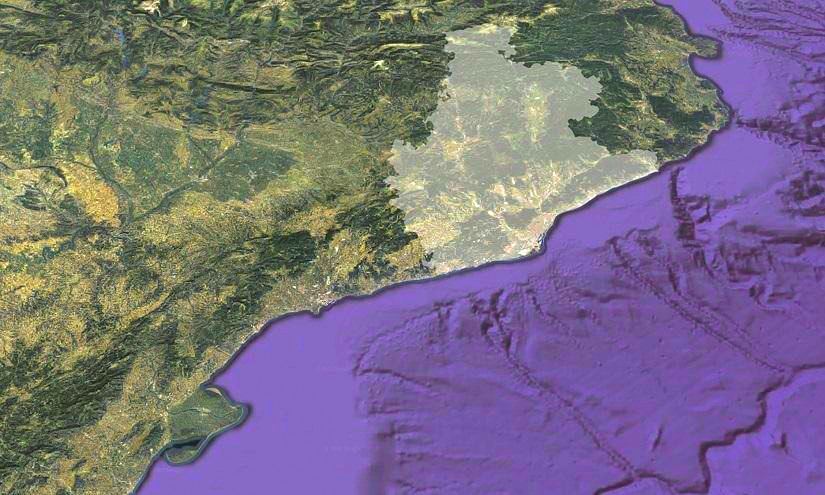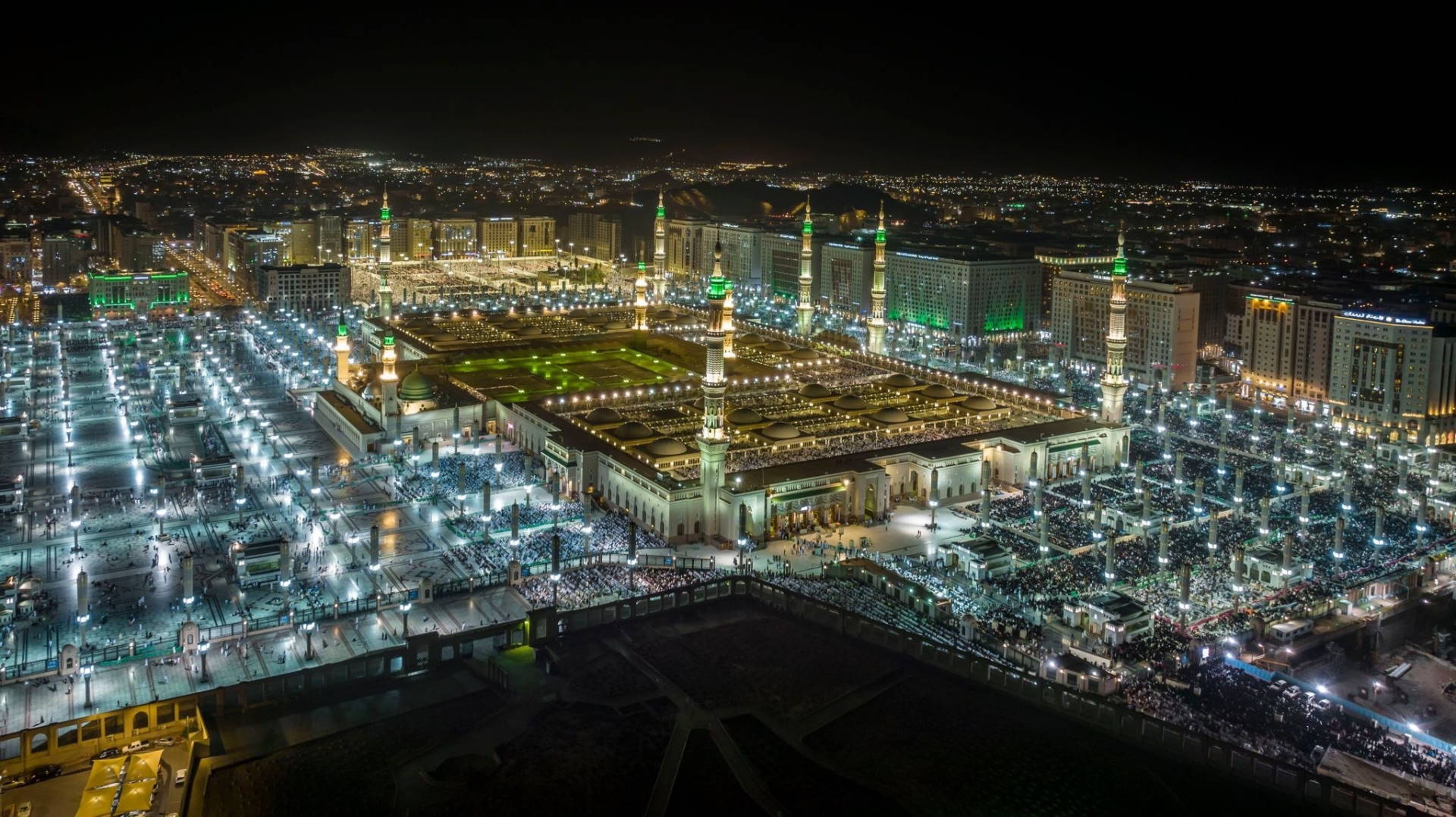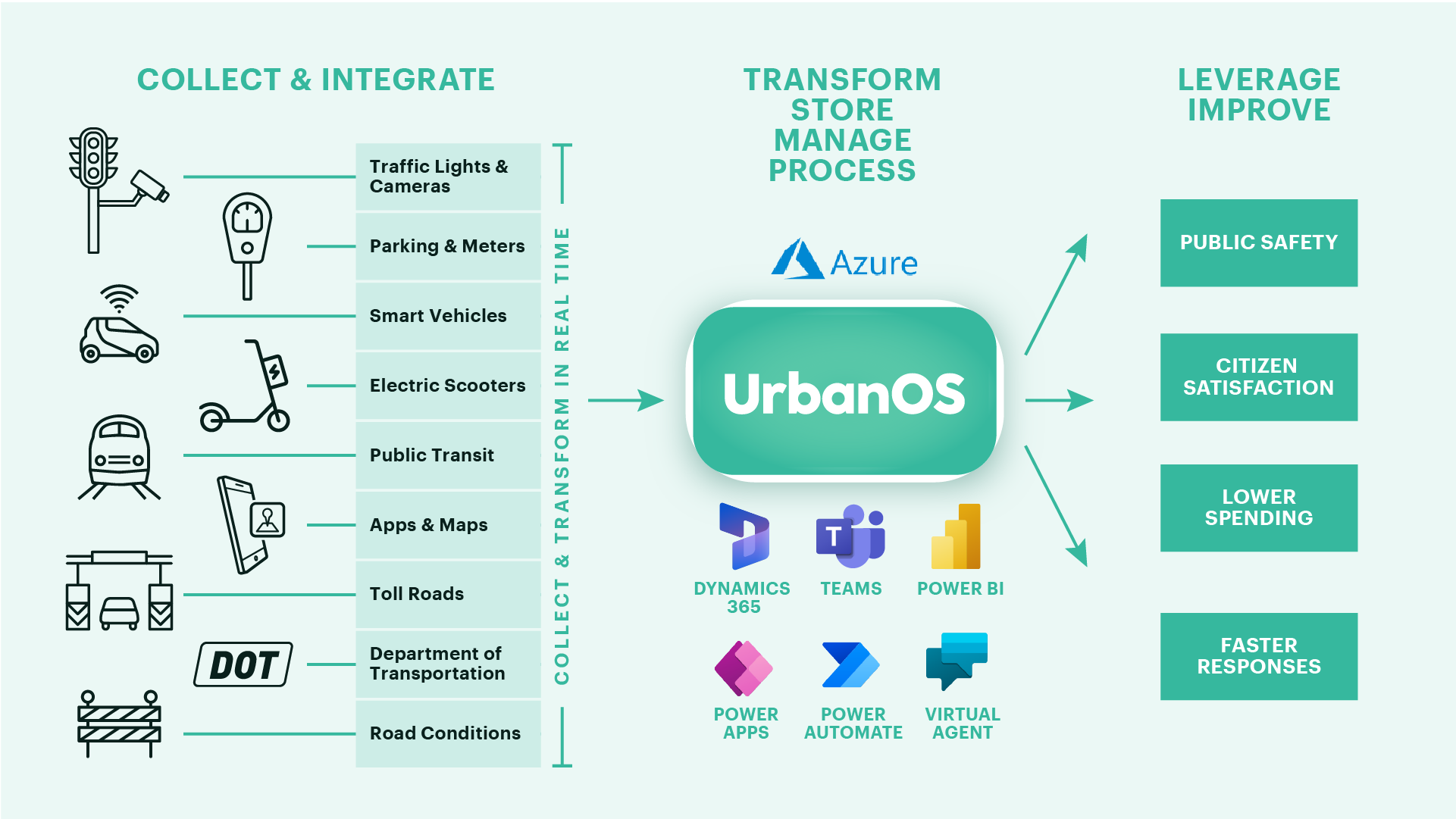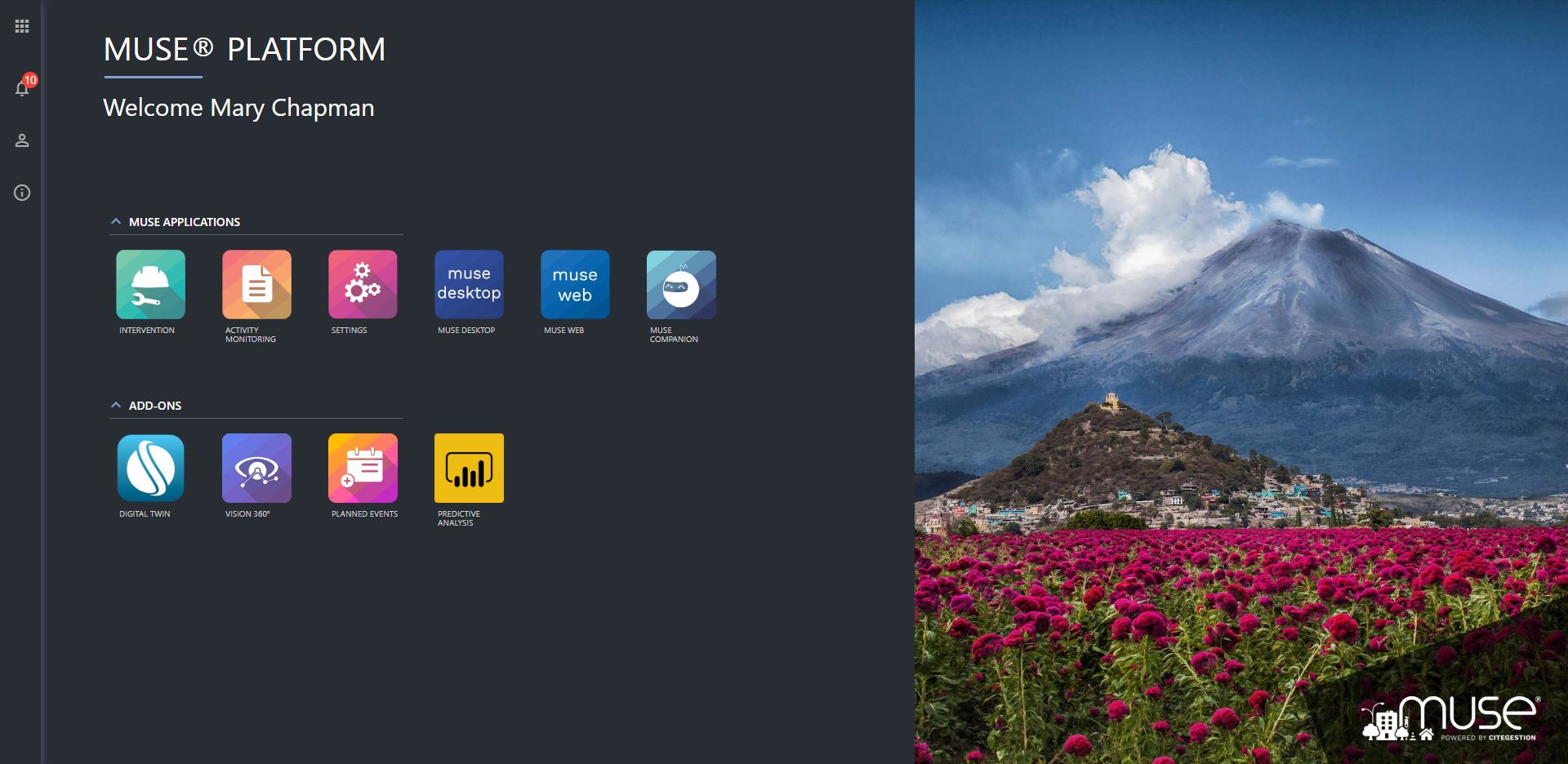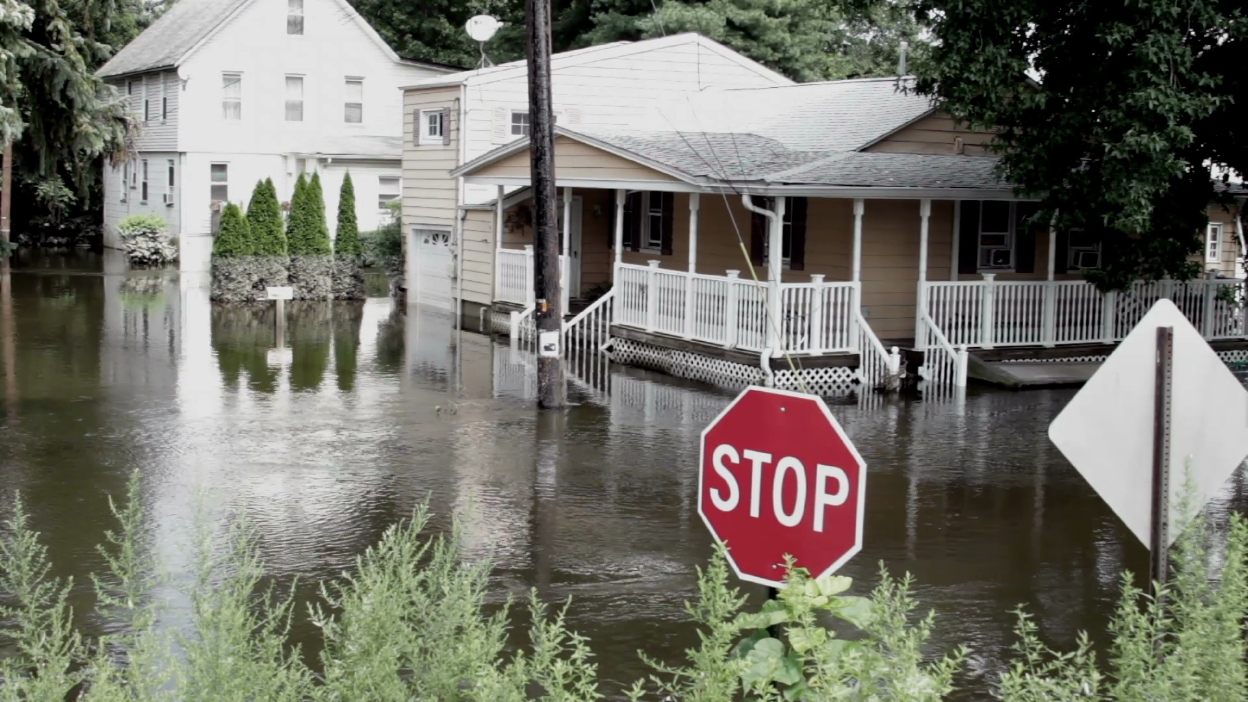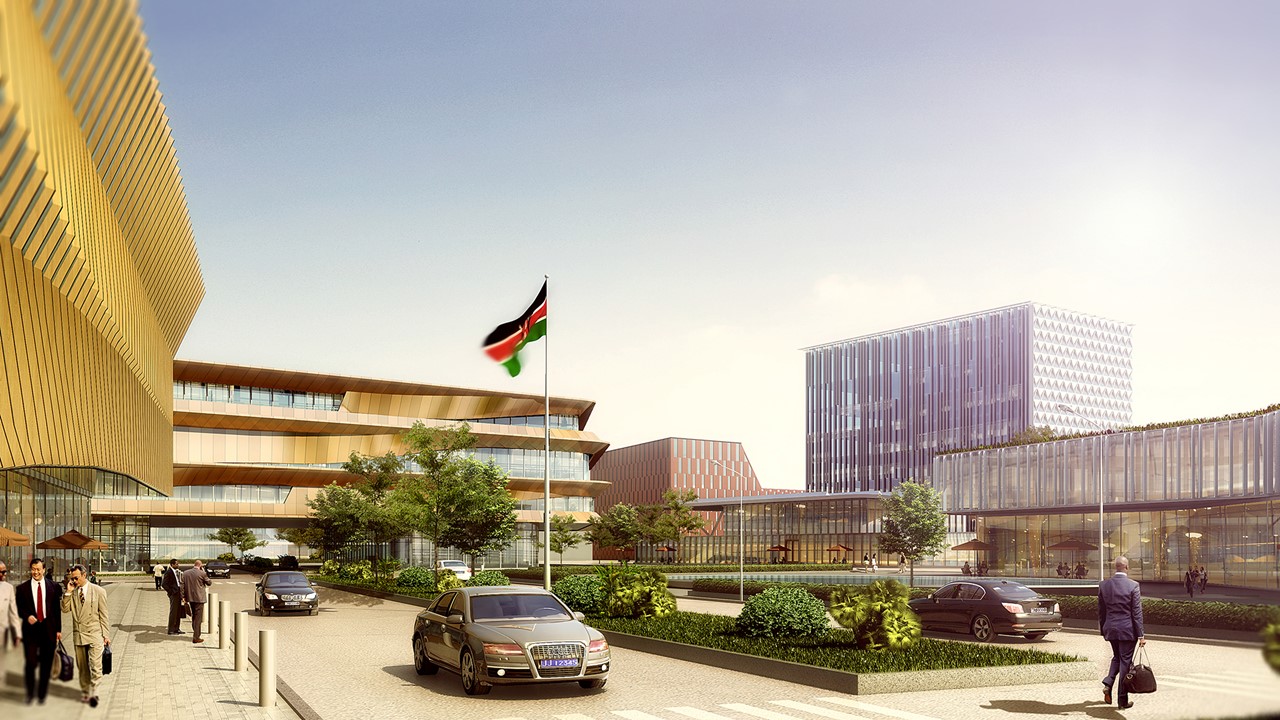Author | M. Martínez Euklidiadas
Smart regions do not only use technology in search of greater economic efficiency and in terms of infrastructure, but they also seek to improve citizen involvement and, through this, the quality of governance, while in turn strengthening their urban-rural connection.
The Barcelona Provincial Council is working with the municipalities within the region in this direction, forming a smart region that enables citizens’ quality of life to be improved in an environment that is also sustainable, from both a social environmental and economic point of view.
What is a smart region?
A smart region seeks to apply the concept of smart city beyond the limits of large cities. In general terms, these smart regions are characterized by having a smart specialization strategy based on factors such as:
- Identifying local assets and optimizing them
- Establishing a collaboration strategy between municipalities
- Promoting shared knowledge
- Developing interaction between citizens and government, etc.
An example of this type of region is the Barcelona Provincial Council, a smart region made up of 311 municipalities in the province of Barcelona and which aims to ensure the progress and wellbeing of all the citizens in the region. A difficult challenge, but one that is easy to tackle if technology is boosted.
How to build a smart region
Improving connectivity throughout the region is key in order to increase social and economic opportunities for people and to contribute to the development of the region. That is why the Barcelona Provincial Council promotes collaboration between administrations at different levels in order to promote the development of telecommunications infrastructures, such as the deployment of fiber optics network or 5G projects, which contribute to improve the advancement of the local environment and strengthen territorial cohesion. Through this multi-participatory approach, the authorities want to optimize the available resources, providing greater efficiency and improved quality of life and services through innovative formulas within the smart concept.
Some of the most notable projects carried out by the Barcelona Provincial Council regarding how innovation and new technologies can help to improve the services provided to citizens are the Local Telecare Service, a preventive and local service provided by the Barcelona Provincial Council and the town councils in the province, which provides support to enable citizens to safely continue living in their familiar surroundings, allowing users to receive immediate assistance in situations of crisis, falls or emergencies and which uses new technologies to monitor behaviors and improve the service, among others.
Another noteworthy initiative within the Smart Region strategy of the Barcelona Provincial Council is the technology platform for urban management (Smart Region Platform), which enables all the aggregate data from the various municipal services (water, energy, mobility, lighting, social services or weather stations, among others) to be unified on one technology platform. This allows information and knowledge about the data to be extracted, which in turn supports informed decision making and improves the efficiency of municipal services, thus helping to build more sustainable towns, cities and regions or to reduce urban injustice thanks to an infrastructure based on data.
Likewise, in the cultural and educational area, the Barcelona Provincial Council has also promoted access to culture for all citizens, through the network of municipal libraries, with some increasingly important digital services such as the Aladí catalogue (9.5 million documents) or eBiblio, which allows citizens to borrow eBooks.
This is the area of the Barcelona Provincial Council
In relation to data visualization and the aforementioned Sustainable Development Goals (SDG), the smart region of the Barcelona Provincial Council has an interactive map that allows the various smart region projects to be viewed and the SDGs they affect.

The image above shows the municipalities in the province of Barcelona that form part of the Network of Cities and Towns working towards Sustainability, an association of municipalities committed to the environment with the aim of working towards sustainable development. Therefore, the aim of the Barcelona Provincial Council is to implement a territorial approach that simultaneously covers social, technological and sustainability improvements, and in which nobody and no municipality gets left behind.
Next2Met, the cohesive smart region
It is precisely this holistic approach of a region that has led to regions such as the Barcelona Provincial Council to take part in initiatives such as the Interreg Europe project Next2Met, a regional innovation initiative that aims at increasing attractiveness – for knowledge, opportunities, and capital – of territories located close to metropolitan areas, in order to reduce the urban-rural divide.
This gap between “the city and the countryside” —now, between dense and distributed environments, since even ‘rural’ environments have an urban design— increases inequalities and reduces opportunities. To avoid this situation, a connected and cohesive territory is required similar to the one created in the area around Barcelona.
Images | Google Maps, DIBA
